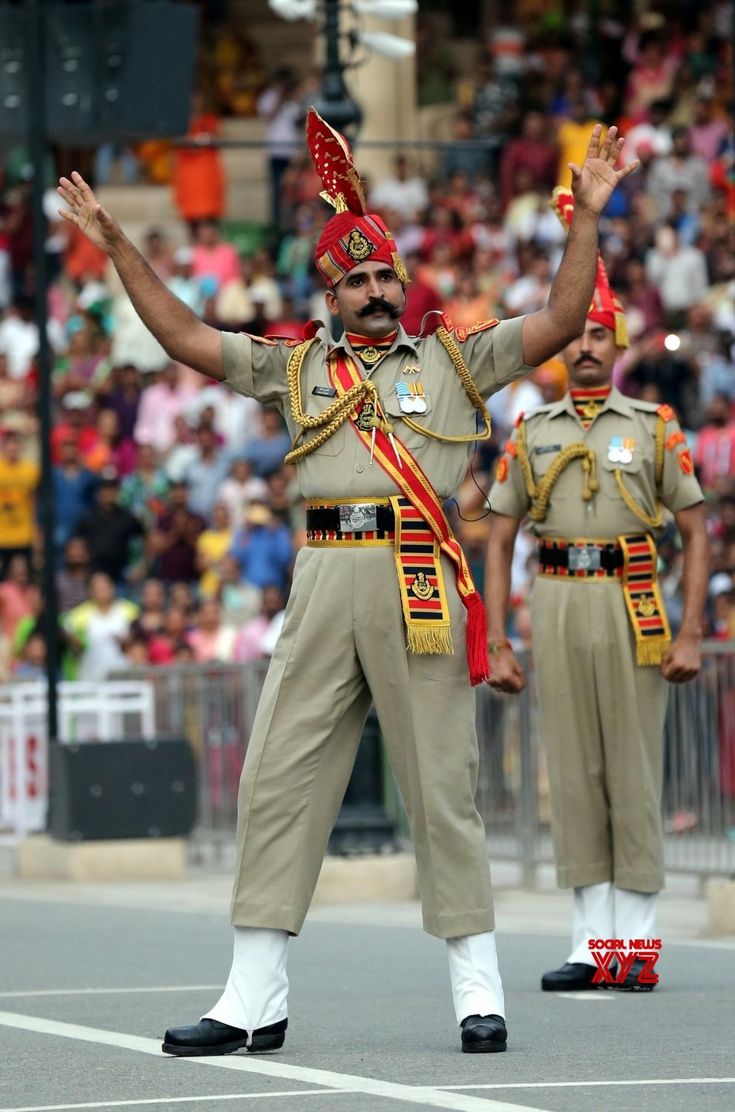Beating Retreat Ceremony: A Historic Tradition with Deep Significance
The Beating Retreat ceremony is one of the most captivating and meaningful military traditions, representing a deep sense of patriotism, respect, and honor. Held annually in India at the end of Republic Day celebrations, this event is marked by the powerful sounds of military bands, the rhythmic march of soldiers, and the symbolic lowering of the national flag. But there’s so much more to this ceremony than meets the eye. Let’s explore its history, significance, daily life impacts, and the role it plays in society today.
The History of the Beating Retreat Ceremony
The Beating Retreat ceremony dates back to the 16th century, originating in Europe. The term “beating retreat” referred to the process of calling soldiers back to their barracks at the end of the day. In the military tradition, the ceremony was held at sunset, where the retreat was sounded to signal the end of the day’s activities.
In India, the Beating Retreat ceremony became a part of the Republic Day celebrations after India gained independence in 1947. The first official ceremony in India took place in 1950, and it has since become an annual tradition that marks the end of the Republic Day festivities on January 29.
The ceremony is organized by the Indian military, with the main event taking place at Vijay Chowk in New Delhi. It involves a display of precision marching, military music, and ceremonial flag-lowering, all of which convey respect and honor for the nation.
Daily Life Impacts and Significance
While the Beating Retreat ceremony is most visible to the public on Republic Day, its impacts resonate beyond the event itself. This ceremony represents a larger tradition of respect for the military, national pride, and unity. It serves as a reminder of the sacrifices made by the armed forces to protect the country and its values. For citizens, it reinforces a collective sense of patriotism and admiration for those who serve in the military.
The event also has a significant cultural impact. The music played during the ceremony, which includes performances by the bands of the Indian Army, Navy, and Air Force, evokes deep emotions and a sense of national pride. The melodies, including iconic compositions such as “Abide with Me” and “Sare Jahan Se Achha,” bring people together in a shared expression of love and respect for the nation.
The Ceremony’s Observance
The Beating Retreat ceremony is observed at sunset, typically on January 29, the last day of the Republic Day celebrations. It is attended by dignitaries, military officials, and citizens. The ceremony is a visual treat, with military bands performing a variety of tunes, soldiers marching in perfect synchrony, and the lowering of the national flag with utmost reverence.
The ceremonial aspect is not limited to just the military presence; it is a spectacle of discipline, precision, and national pride. The sound of the bugles, the slow and dignified lowering of the flag, and the simultaneous salute from the armed forces instill a deep sense of respect and admiration among all those present.
Important Points About the Beating Retreat Ceremony
- A Symbol of National Pride: The Beating Retreat ceremony is a testament to India’s military strength, unity, and the sacrifices made by its armed forces to safeguard the nation’s sovereignty and integrity.
- The Role of Military Bands: One of the key features of the ceremony is the performance of military bands. These bands play traditional martial music and compositions that evoke nationalistic emotions and remind citizens of the rich cultural heritage of India.
- The Significance of Flag Lowering: The lowering of the national flag during the Beating Retreat is a symbolic gesture, representing the closing of the day’s festivities and honoring the nation. It signifies peace and reflects India’s commitment to unity and integrity.
- The Importance of Discipline and Precision: The Beating Retreat is a display of military discipline and precision. The soldiers’ synchronized movements and coordinated marching exemplify the professionalism and commitment of the armed forces.
- Cultural Impact: While the ceremony holds deep military significance, it is also a cultural event that brings people together. It showcases India’s heritage, blending martial traditions with musical performances and a sense of patriotism.
FAQs About the Beating Retreat Ceremony
- What is the Beating Retreat ceremony?
- The Beating Retreat ceremony is a military tradition that marks the end of the Republic Day celebrations in India. It involves a display of military bands, marching soldiers, and the ceremonial lowering of the national flag.
- When is the Beating Retreat ceremony held?
- The Beating Retreat ceremony is held annually on January 29, the last day of the Republic Day celebrations.
- Why is the Beating Retreat ceremony significant?
- The ceremony symbolizes national pride, respect for the military, and unity. It honors the sacrifices made by the armed forces to protect the nation and is a powerful expression of patriotism.
- What happens during the Beating Retreat ceremony?
- During the ceremony, military bands perform traditional music, soldiers march in synchronization, and the national flag is ceremonially lowered. The event concludes with a salute from the armed forces.
- Who participates in the Beating Retreat ceremony?
- The Beating Retreat ceremony is organized by the Indian military, with participation from the Army, Navy, and Air Force. It is attended by military dignitaries, government officials, and citizens.
The Significance of the Beating Retreat Ceremony in Society
The Beating Retreat ceremony has deep significance not just as a military tradition but as a cultural and national event. It acts as a reminder of the sacrifices made by the armed forces, and it reinforces the values of patriotism, discipline, and unity among the citizens of India.
For the people of India, the ceremony serves as an opportunity to reflect on the country’s journey and the importance of preserving peace and unity. It is a reminder that the protection of the nation requires collective effort and that everyone, whether in the military or as civilians, has a role to play in building a stronger, more united society.
The ceremony also offers a platform for the country to honor its military personnel and pay tribute to their bravery. It reminds us of the importance of respect for the armed forces and the role they play in maintaining peace and security.
Conclusion
The Beating Retreat ceremony is not just an event; it is an enduring symbol of India’s unity, patriotism, and respect for the military. Through its music, disciplined marching, and the ceremonial lowering of the flag, it brings the entire nation together in a celebration of national pride. Whether watched from the grounds of Vijay Chowk or from the comfort of a home, this ceremony fosters a sense of belonging and reinforces the values that bind India together as one nation.










